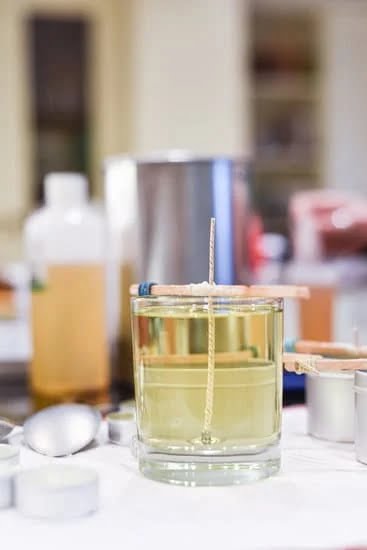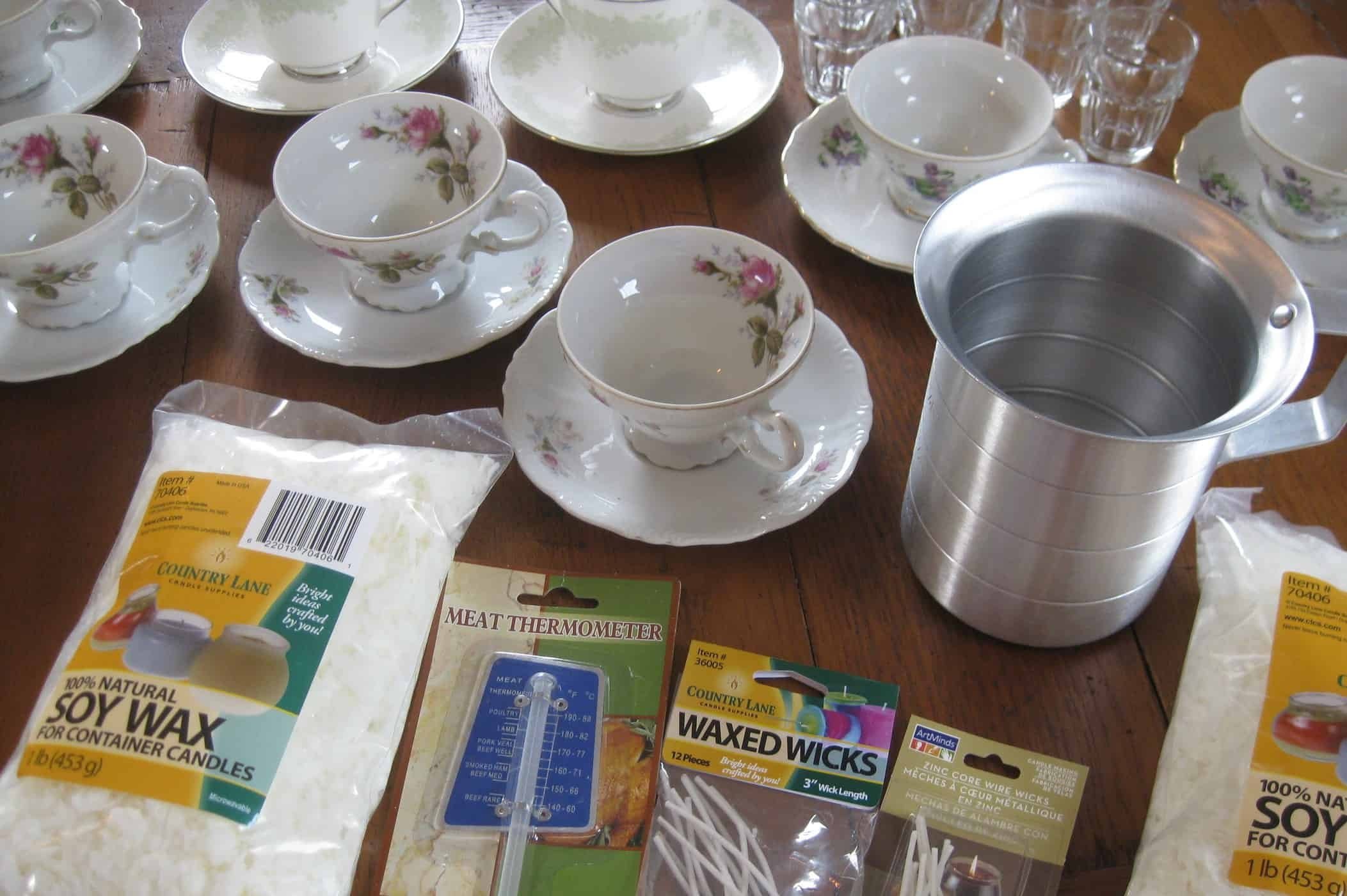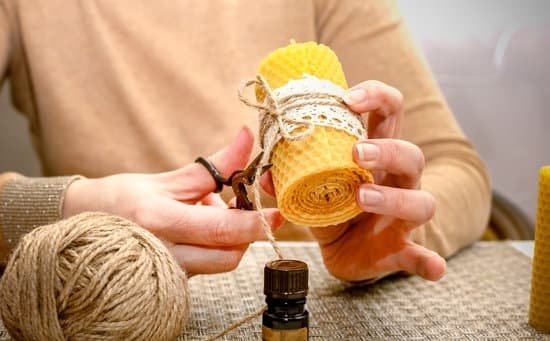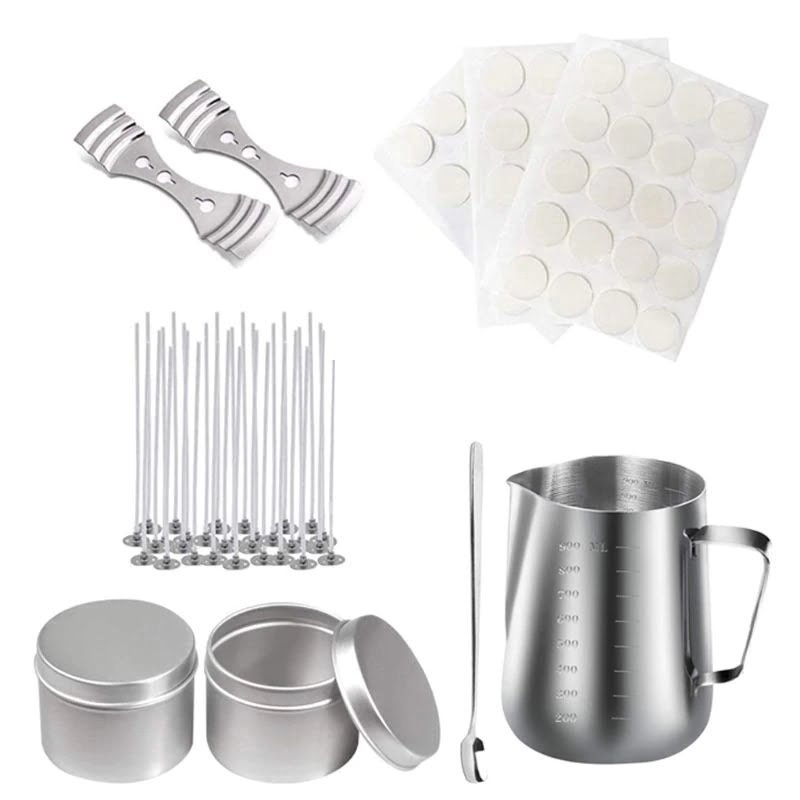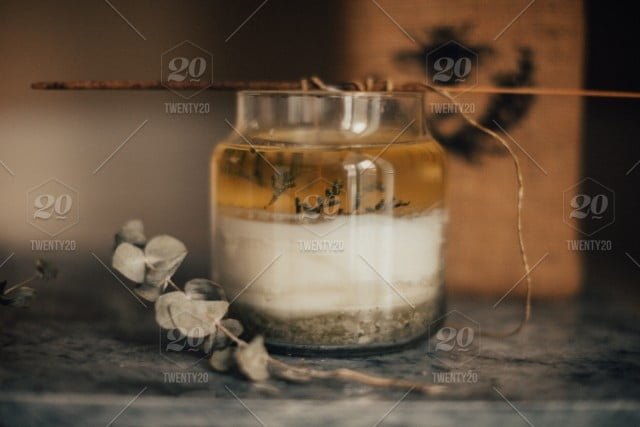Candle making is a popular hobby that allows individuals to express their creativity while creating beautiful and unique pieces. With various methods and techniques involved, the process of making candles can be both enjoyable and rewarding.
One common question that arises in candle making is, can you use food coloring when making candles? This article will delve into the intricacies of candle making, exploring the different types of wax used, methods for adding color, and specifically addressing the use of food coloring in candle making.
When it comes to making candles, understanding the basics is essential. From choosing the right wax to selecting fragrance oils and deciding on shapes and sizes, there are several factors to consider. Additionally, the method used for creating candles can vary, including container candles, pillar candles, taper candles, and more. Each type requires specific techniques for melting, pouring, and setting up the wick.
One crucial aspect of candle making is adding color to the wax. Whether you’re aiming for vibrant hues or soft pastels, achieving the perfect color can enhance the overall aesthetic appeal of your candles.
While there are various coloring options available in the market specifically formulated for candle making, many enthusiasts wonder about using food coloring as an alternative. In this section of the article, we will explore these different options and weigh their pros and cons to provide a comprehensive understanding of using food coloring in candle making.
Types of Candle Wax
When it comes to making candles, the type of wax used plays a crucial role in determining the quality and properties of the final product. There are several types of candle waxes available, each with its own unique features and benefits. Understanding the different types of candle wax is essential for creating candles that meet specific requirements and desired outcomes.
Paraffin Wax
Paraffin wax is one of the most commonly used waxes in candle making due to its affordability and versatility. It is derived from petroleum and can be easily colored and scented. Paraffin wax has a high melting point, which makes it suitable for various candle types, including pillars, votives, and container candles.
Soy Wax
Soy wax is a natural alternative to paraffin wax and is made from soybean oil. It is a renewable and biodegradable material that burns cleanly and slowly, providing a longer-lasting candle. Soy wax can also hold a higher fragrance load compared to paraffin wax, making it an excellent choice for scented candles.
Beeswax
Beeswax is another natural option for candle making that offers a warm glow and a natural honey-like fragrance when burned. It has a higher melting point than soy or paraffin wax, resulting in longer burn times for candles made with beeswax. Beeswax candles are known for their air-purifying properties and are popular among environmentally conscious consumers.
Each type of wax has its own distinct characteristics that
Adding Color to Candles
When it comes to adding color to candles, there are several methods that crafters can use to achieve their desired results. One popular option is using food coloring. Many people wonder, “Can you use food coloring when making candles?” The answer is yes, food coloring can be used in candle making to add vibrant and beautiful colors to the wax.
Food coloring offers a wide range of colors that can be blended together to create custom shades for candles. This method is particularly popular among beginner candle makers due to its accessibility and affordability. However, it’s essential to understand the pros and cons of using food coloring in candle making before incorporating it into your craft.
One of the main advantages of using food coloring is its availability and versatility. It comes in various shades and hues, allowing crafters to experiment with different color combinations. Additionally, food coloring is relatively affordable and can be easily found in most grocery stores or online shops specializing in baking supplies.
On the other hand, there are some disadvantages associated with using food coloring in candle making as well. Some types of food coloring may not blend well with the wax, resulting in uneven or splotchy colors. Additionally, certain dyes may fade over time when exposed to light or heat.
| Advantages | Disadvantages |
|---|---|
| Availability and Versatility | Uneven or Splotchy Colors |
| Affordability | Fading Over Time |
Pros and Cons of Using Food Coloring
Adding color to candles can enhance their aesthetic appeal and create a unique ambiance when they are lit. One popular method of coloring candles is by using food coloring. This method can be convenient, as food coloring is easily accessible and comes in a wide range of colors, allowing for creative flexibility in candle making. Additionally, food coloring is non-toxic and safe for use in candles, ensuring that the final product is harmless when burned.
However, there are some important considerations to keep in mind when using food coloring in candle making. One potential disadvantage is that food coloring may not mix well with wax, resulting in uneven or streaky colored candles. It is also essential to note that certain types of food coloring may produce muted or faded colors in candles. Additionally, prolonged exposure of colored candles to sunlight can cause the pigments from the food coloring to fade over time.
When deciding whether to use food coloring in candle making, it is crucial to weigh these pros and cons and consider the specific desired outcome for the candles. Experimenting with different brands and types of food coloring can help determine which options produce the best results for achieving vibrant and long-lasting colors in candles.
| Advantages | Disadvantages |
|---|---|
| Convenient and accessible | Potential for uneven mixing with wax |
| Wide range of colors available | Possible risk of producing muted or faded colors |
| Non-toxic and safe for use | Fading of pigments over time with prolonged exposure to sunlight |
Safety Precautions
When using food coloring in candle making, it is crucial to prioritize safety to ensure a successful and hazard-free crafting experience. Although food coloring can add vibrant hues to your candles, it is important to be aware of potential risks and take necessary precautions.
Protective Gear
Before working with food coloring, it is essential to protect yourself with appropriate gear. Wear gloves to prevent direct skin contact with the coloring agents, as they may cause skin irritation or staining. Additionally, consider wearing an apron or old clothes to safeguard your clothing from potential stains.
Adequate Ventilation
When incorporating food coloring into candle wax, ensure that you are working in a well-ventilated area. Proper ventilation helps dissipate any fumes or vapors released during the mixing process. If possible, consider working near an open window or using a fan to improve air circulation and reduce the risk of inhaling harmful substances.
Storage and Handling
Properly store your food coloring in a cool, dry place away from heat sources and direct sunlight. Keep them out of reach of children and pets. When handling food coloring, be mindful of spills and clean them promptly to prevent accidental ingestion or skin exposure.
By following these safety measures when using food coloring in candle making, you can minimize potential risks and create beautiful colored candles without compromising your well-being.
Tips for Using Food Coloring
When using food coloring for making candles, there are several tips and tricks that can help you achieve the desired candle colors effectively. Here are some useful tips for using food coloring in candle making:
1. Use the Right Type of Food Coloring: When adding color to your candles, it is important to use liquid or gel-based food coloring specifically designed for use in wax. Avoid using water-based food coloring as it can cause the wax to separate and create a splotchy appearance.
2. Start with Small Amounts: It’s best to start with a small amount of food coloring and gradually add more until you reach the desired shade. Adding too much food coloring at once can result in an overly intense color that may not be what you were aiming for.
3. Mix Colors to Create Custom Shades: Experiment with mixing different colors of food coloring to create custom shades for your candles. For example, combining red and yellow food coloring can produce a lovely orange hue, while mixing blue and red can result in a rich purple color.
4. Test Before Pouring: Before pouring the colored wax into your candle molds, it’s a good idea to test the color by pouring a small amount into a disposable cup or mold. This will allow you to assess the final color before committing to filling all of your molds.
5. Be Mindful of Fragrance Interference: If you are adding fragrance oils to your candles, be aware that certain scents can affect the final color of the candle. Some fragrances contain vanilla, which has a natural amber hue that can alter the intended color of your candle.
By following these tips, you
- can achieve beautifully colored candles
- without encountering issues such as separation or clumping
- and create custom shades that suit your preferences.
It is important to keep these tips in mind when working with food coloring in candle making for best results.
Alternative Coloring Options
When it comes to coloring candles, there are numerous options available aside from food coloring. These alternative coloring options offer a variety of natural and synthetic choices that can enhance the visual appeal of your candles. Whether you prefer vibrant hues or more subtle tones, there is an alternative colorant that will suit your preferences. Here are some alternative coloring options for candles:
- Natural Pigments: Natural pigments such as mica powder, turmeric, beetroot powder, and spirulina can be used to add earthy and organic colors to your candles.
- Liquid Dyes: Liquid dyes specifically designed for candle making are available in a wide range of colors, allowing for easy blending and customization.
- Color Blocks: Color blocks made from highly concentrated pigments offer intense and vibrant shades that can be used to create eye-catching candles.
Each of these alternative coloring options presents its own unique benefits and considerations when it comes to candle making. While some may provide more intense colors, others may offer a more natural or subtle appearance. Understanding the properties of each colorant will allow you to make informed decisions when choosing the right option for your candle making projects.
It’s important to note that while food coloring is a popular choice for adding color to candles due to its accessibility and versatility, alternative colorants offer additional benefits such as improved lightfastness, heat resistance, and compatibility with different types of wax. Experimenting with different coloring options can lead to exciting results and expand your creative possibilities in candle making.
DIY Candle Making With Food Coloring
When it comes to making candles at home, adding color can be a fun and creative way to personalize your creations. One popular method of coloring candles is by using food coloring.
Food coloring can add a burst of vibrant color to your candles, allowing you to create unique and eye-catching designs. In this section, we will provide a step-by-step guide on how to make candles using food coloring, as well as recommended recipes and techniques for achieving the best results.
To begin making candles with food coloring, you will need to gather the necessary materials and ingredients. This includes candle wax, wicks, fragrance oils (if desired), a heat-resistant container for melting the wax, a thermometer, and of course, food coloring. It’s important to note that not all types of wax are compatible with food coloring, so be sure to choose a wax that specifically states it can be used with dye.
Once you have all of the materials ready, the first step is to melt the candle wax in the heat-resistant container. It’s crucial to monitor the temperature of the wax using a thermometer to ensure it reaches the appropriate melting point. Once the wax has melted, you can then add in your chosen fragrance oil if desired, followed by the food coloring.
It’s important to start with just a few drops of food coloring and gradually add more until you achieve your desired color intensity. Be mindful not to add too much food coloring as this can affect the candle’s burning performance and may lead to uneven color distribution within the wax.
Conclusion
In conclusion, while food coloring can be used when making candles, it is important to consider the pros and cons before incorporating it into your candle making process. On the positive side, food coloring provides a wide range of vibrant colors that can enhance the aesthetic appeal of your candles.
It is also readily available and easy to use, making it a convenient option for many candle makers. However, it is crucial to note that using food coloring in candles may present some challenges, such as potential color fading or bleeding during burning and limitations in achieving certain shades.
When using food coloring in candle making, safety precautions must be prioritized to avoid any adverse effects. It is essential to carefully follow recommended guidelines for adding colorants to wax and to ensure that the chosen food coloring is heat-stable and suitable for candle use. Additionally, considering alternative natural and synthetic coloring options can provide more stable and resilient colors for your candles.
As you continue your journey in candle making, remember that experimenting with different types of wax, colorants, and techniques will help you discover your own unique style and preferences. Keep exploring new methods and materials in candle making, seek inspiration from experienced crafters or artisans, and don’t hesitate to share your creations with others.
Whether you are a beginner or an experienced candle maker, there is always something new to learn in this art form. So go ahead, unleash your creativity, and enjoy the process of creating beautifully colored candles.
Frequently Asked Questions
Can You Use Food Colouring When Making Candles?
Yes, you can use food coloring when making candles. However, it’s important to keep in mind that using too much food coloring can affect the burning quality of the candle and may produce unwanted smoke or soot.
What Coloring Is Safe for Candles?
When it comes to coloring candles, safe options include liquid candle dye and dye chips specifically designed for candle making. These dyes are formulated to withstand high temperatures and are less likely to affect the burning performance of the candle.
What Is a Good Substitute for Candle Dye?
A good substitute for candle dye could be crayons or non-toxic colored wax designed for arts and crafts. However, it’s essential to test these substitutes carefully before using them in a large batch of candles to ensure they don’t affect the candle’s quality or safety when burned.

Welcome to my candle making blog! In this blog, I will be sharing my tips and tricks for making candles. I will also be sharing some of my favorite recipes.

